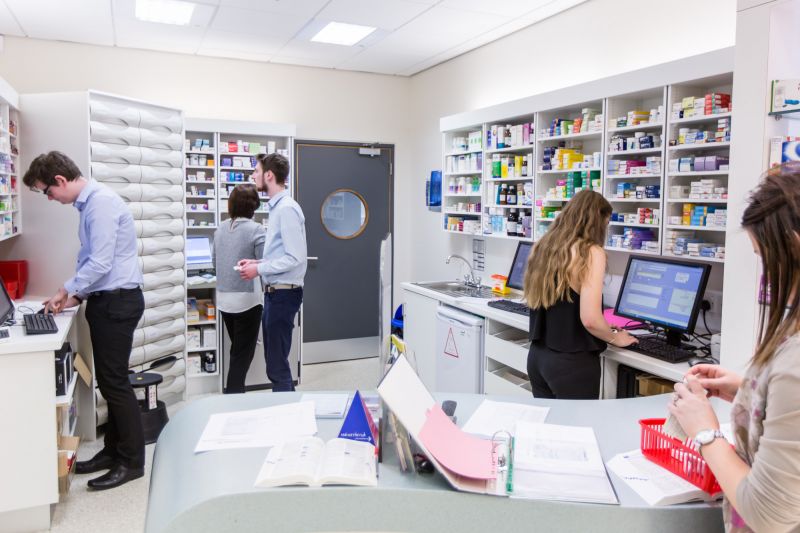Page content
Student Voice and Students as Partners
Pillar Content

Learners experience involvement in the shaping of their learning, through co-design and learner voice.
People
- Support all learners in the development of graduate attributes; thriving individuals, collaborate professionals, engaged learners and active citizens.
- Empower learners to take responsibility for their own learning through scaffolding in collaboration with their peers, acting as partners in the learning experience, to support the development of the student voice.
- Support learners to develop executive functioning skills, self-regulation and problem-solving skills to (i) minimise learning barriers, (ii) build confidence and (iii) enhance wellbeing (all of which form part of trauma informed approaches as well as building belonging e.g. in groupwork activities).
- Consider the learners’ cultural awareness and identities; include options for open dialogue, case study exemplars and activities.
- Promote self-reflection among learners on how the intersectionality of their identities influences their learning.
Context - Environment
- Promote an inclusive culture by getting to know your learners that includes knowing their pronouns and correct pronunciation of names.
- Consider unconscious and implicit biases that might exist and develop learning opportunities for all.
- Embed student engagement and student engagement and partnership as a core part of the planning, design, and delivery of the module, as well as assessment types, where appropriate.
- Embed both formal and informal learning opportunities to engage learners across different contexts.
Actions - Task
- Empower learners to co-design and be content developers to support their learning and develop digital skills and outputs.
- Draw from prior knowledge and lived experiences, respect different cultures and identities.
- Ensure scaffolded and guided learning as well as independent learning and self-study.
- Set clear and challenging goals and offer learners choice in how to engage with content, co-construct rubrics and materials and experience assessment choice.
- Challenge and support learners through content/activities by providing opportunities to develop skills.
- Provide opportunities for learners to work collaboratively in diverse and mixed groups.
Case Studies
We are currently working on a case study for this pillar, come back soon or submit your own one!
SIGIT
Recordings from SIGIT

- Watch Sophie Hilditch on learning as a dyslexic student
- Watch Tess Braidner on learning as a student with a sight loss.
- Watch Cara Ferguson on learning with ADHD
- Watch Lynda Eremion and Bridgeen Blake on learning as mature students returning to higher education
- Watch Claire Thompson on learning as a neurodivergent student
- Watch Kirean Higgins, a lecturer speaking on Queer Inclusion
- Watch Gary Gates on learning with ADHD

















